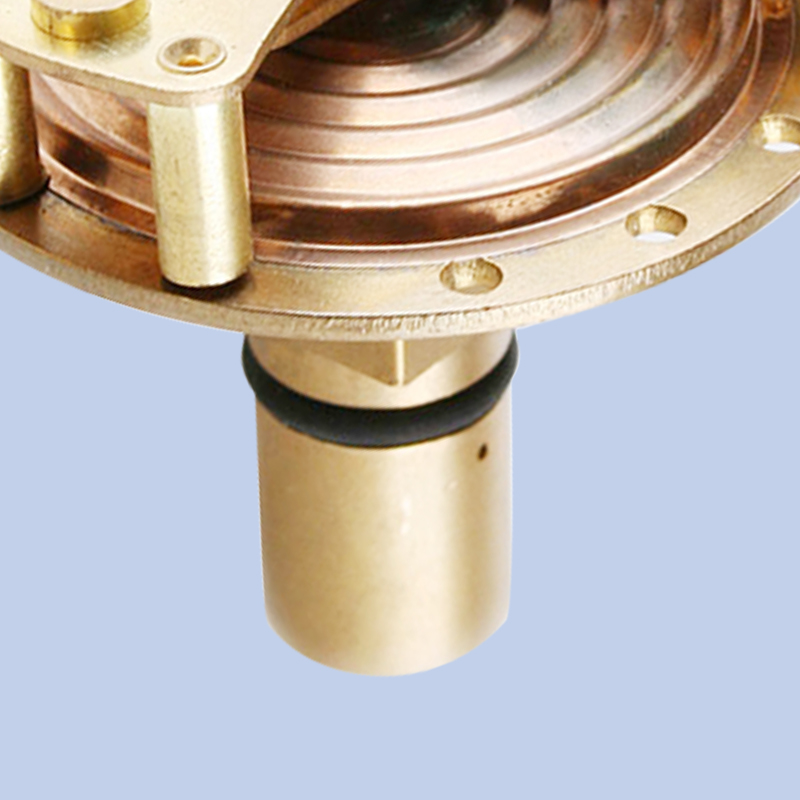
Sep . 25, 2024 16:42 Back to list
jah difference between differential and absolute pressure gauges
When measuring pressure in various applications, the concepts of absolute pressure and differential pressure are fundamental. Understanding the difference between differential and absolute pressure gauges is crucial for accurate measurements and appropriate applications in industries such as aerospace, automotive, manufacturing, and HVAC (heating, ventilation, and air conditioning).
Absolute Pressure Gauges measure pressure relative to a perfect vacuum. They provide a reading that represents the actual pressure above zero. This is vital in contexts where the exact measurements of pressure are required, such as in meteorology, where data must reflect true atmospheric pressure conditions, or in scientific experiments that demand absolute reference points. Absolute gauges are typically designed using a sealed chamber that maintains a vacuum reference, allowing them to deliver precise readings unaffected by ambient atmospheric pressure fluctuations.
On the other hand, Differential Pressure Gauges measure the difference in pressure between two points. This type of gauge is essential in many applications where comparing pressures is necessary, such as in filtration systems, fluid dynamics, or HVAC systems. For instance, in a filter application, the differential pressure gauge can help determine when the filter is clogged by measuring the pressure drop across it. These gauges generally have two ports one connected to the environment (or a reference point) and the other connected to the pressure point of interest.
jah difference between differential and absolute pressure gauges

The primary distinction between these two types of gauges lies in their reference points. Absolute gauges reference a perfect vacuum, while differential gauges monitor the pressure difference between two locations, making them highly versatile in monitoring processes and systems. This versatility allows differential pressure gauges to be utilized in various settings, from monitoring blood pressure in medical equipment to measuring fluid levels in tanks.
In summary, while both absolute and differential pressure gauges play critical roles in pressure measurement, they serve distinct purposes based on their reference conditions. When selecting a pressure measuring device, it is essential to consider the specific application requirements and whether absolute pressure measurements or pressure differences are needed. Understanding these differences can ensure accurate readings and optimal performance in any system that relies on pressure measurement.
-
High-Precision 5 Valve Manifold Differential Pressure Gauge Suppliers
NewsApr.29,2025
-
High-Precision Diaphragm Vacuum Pressure Gauges Manufacturers & Quotes
NewsApr.29,2025
-
Omega Differential Pressure Gauges High Accuracy & Durability
NewsApr.28,2025
-
Low Pressure Differential Pressure Gauges Precision Solutions & Quotes
NewsApr.28,2025
-
Digital Diaphragm Pressure Gaauge Precision Measurement & OEM Quotes
NewsApr.28,2025
-
Differential Pressure Gauge China Price High-Accuracy & Best Quotes
NewsApr.28,2025
